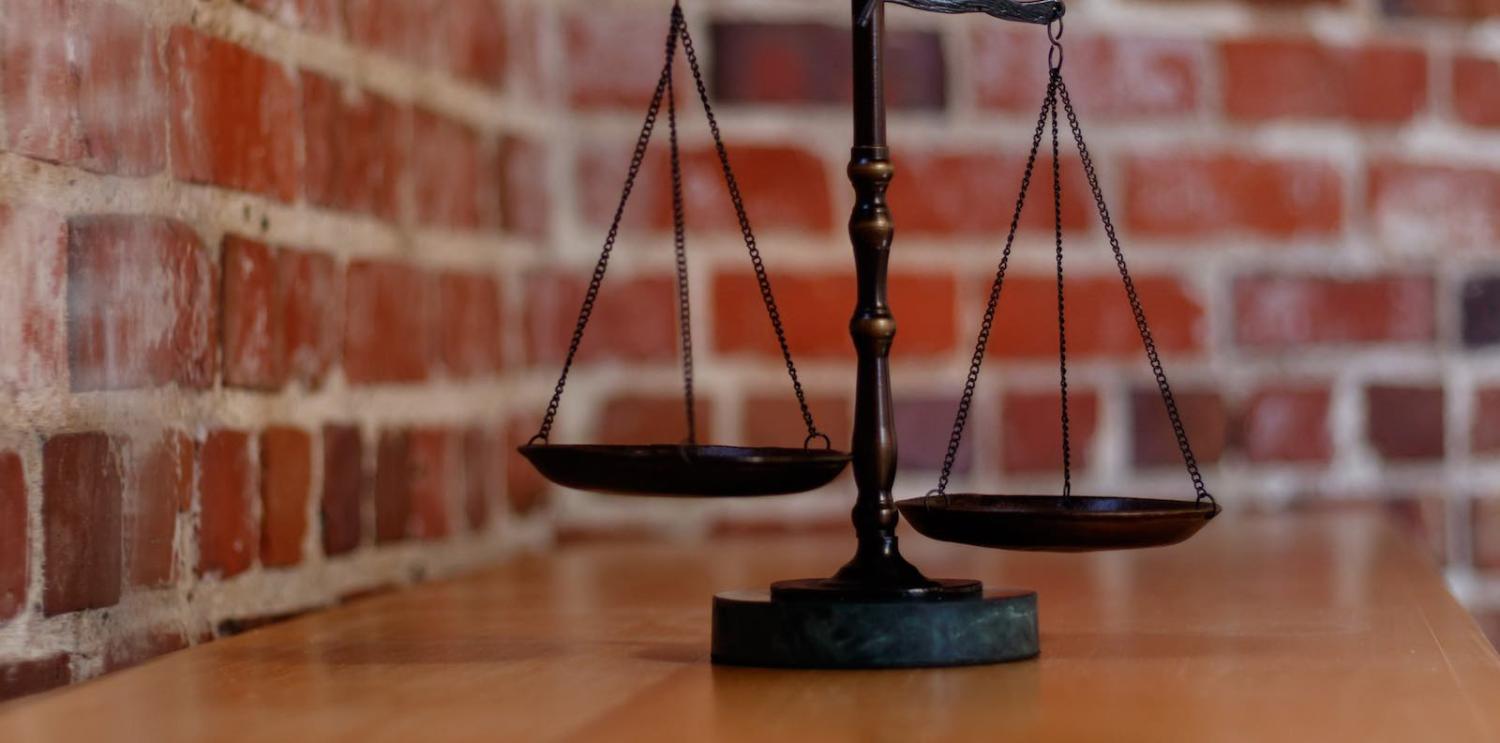In January, as Nauru celebrated 50 years of independence, President Baron Waqa announced that his country would cease to use the High Court of Australia as its highest appellate court. What wasn’t apparent until March was that Nauru had withdrawn from the bilateral treaty with Australia on 12 December 2017, the reult being that that the High Court’s Nauru jurisdiction ceased on 12 March 2018.
Judges drawn predominantly from Pacific island nations have experience of the kinds of legal issues likely to come before the Nauruan courts.
While most commentators acknowledged Nauru’s right as an independent sovereign nation to determine its own government institutions, concerns were expressed about the secrecy, timing, and motivations of the government’s decision. The High Court’s jurisdiction had been removed by the Nauruan government before any alternative avenues for appeal had been established.
Concerns were raised that the government’s decision blocked appeals by members of the “Nauru 19”, a group of Nauruan citizens prosecuted following protests against the Waqa government in June 2015. The decision was also criticised for cutting-off an avenue of appeal for the asylum seekers currently detained in Nauru under Australia’s offshore processing policy.
Given past infringements on judicial independence, most notably in 2014 when the government deported Resident Magistrate Peter Law and cancelled the visa of Chief Justice Geoffrey Eames, there was anxiety, outlined in a speech by Eames, that the removal of appeals to the High Court left the people of Nauru and litigants with little confidence in the independence of the judiciary.
Recent developments might serve to allay some of these concerns. In May, the Nauru parliament passed constitutional amendments and legislation to establish the Nauru Court of Appeal. The Court will sit part-time – at least once a year, but more often if required. It will consist of a separate panel of judges, rather than judges drawn from the existing Supreme Court. The exception is the Chief Justice, who is also President of the Court of Appeal but is expressly precluded from sitting on appeals from his or her own decisions.
Like other courts in small Pacific island states, Nauru’s Court of Appeal will be composed of foreign judges, at least for the foreseeable future. Judges are appointed by the President in consultation with the Chief Justice to serve for a specified period. As such, their tenure is not very secure, but no less so than foreign judges in other Pacific states, many of whom serve on short-term contracts.
In July, Nauru announced the first members of the Court of Appeal. They are Sir Albert Palmer, Chief Justice of Solomon Islands; Sir John Muria, Chief Justice of Kiribati; and the Hon Vincent Lunabek, Chief Justice of Vanuatu. All are senior Pacific islander judges, highly respected for their integrity, expertise, and judicial experience in their home countries and abroad. They will be joined by a senior judge from the Supreme Court of Papua New Guinea, following a Memorandum of Understanding signed by the Chief Justices of Nauru and Papaua New Guinea on 26 July.
Nauru’s Minister for Justice has billed the new court as less expensive and more accessible for litigants. Waqa said that it was an “affirmation of the country’s sovereignty and maturity as a nation”. There are three other positive features of the new Court worth highlighting.
First, the new Court of Appeal and its jurisdiction are entrenched in the Constitution. This means that appeals cannot be removed by a decision of the executive acting alone, as happened with appeals to the High Court of Australia.
Second, the Court of Appeal has a much wider jurisdiction than that previously bestowed on the High Court of Australia. Under the treaty, the High Court could not hear cases on the interpretation or effect of Nauru’s Constitution, the membership of parliament, or appeals from the Nauru Lands Committee.
In contrast, the new Court of Appeal can hear appeals from the Supreme Court on all these matters. Constitutional matters are likely to feature early in the new Court’s docket, as the government has vowed to challenge the Supreme Court’s recent decision that legislation limiting access to legal aid is unconstitutional.
Finally, the calibre of the first judicial appointments is an assurance of the expertise and independence of the Court of Appeal. As it currently stands, the Nauru Court of Appeal will be distinctive in the Pacific region because its judges will be drawn predominantly from Pacific island nations, rather than from the traditional donor countries of Australia and New Zealand.
These judges have experience in the kinds of legal issues likely to come before the Nauruan courts, such as customary law, constitutional rights, and parliamentary procedures – issues that the Australian judges on the High Court lacked not only jurisdiction to hear, but also experience in dealing with. A Court with such members might fulfil the vision of Chief Justice Filimone Jitoko for a Court of Appeal that will encourage a home-grown jurisprudence and develop Nauruan customary law.
A recent Lowy Institute report (Instability in the Pacific Islands: A Status Report) described Nauru as lurching to authoritarianism. In this context, the new Court of Appeal will face challenges. However, there are reasons to hope that it will have the institutional structure and the capacity to fulfil its constitutional role and uphold the rule of law in Nauru.
Photo via Flickr user Allen Allen

